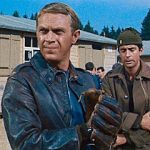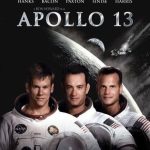“Enter the Dragon” (1973)
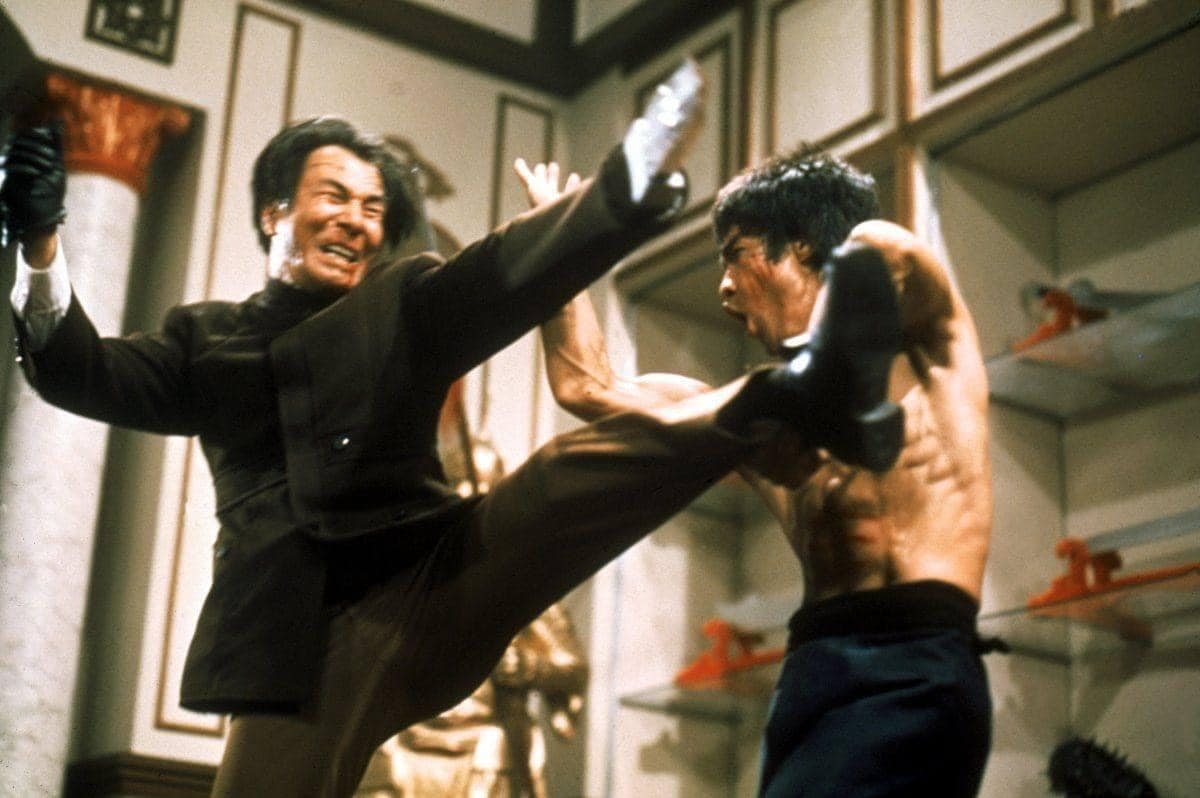
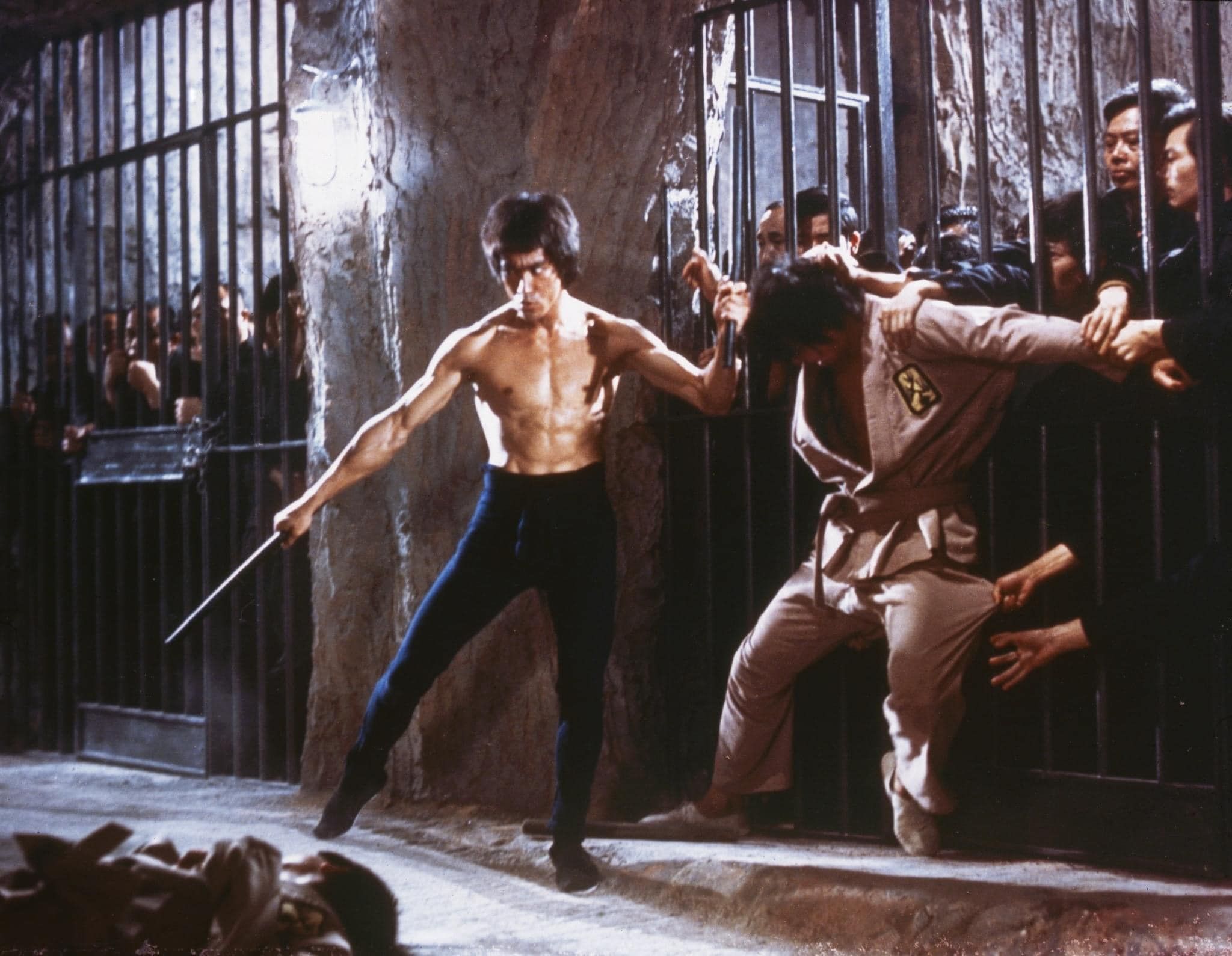
“Enter the Dragon” (1973) stands as a landmark in martial arts cinema, offering a thrilling blend of action, espionage, and philosophy. Directed by Robert Clouse, the film not only showcases Bruce Lee’s martial arts prowess but also cements him as a global cinematic icon. It’s more than just a fight movie—Enter the Dragon represents a pivotal moment for both Lee and the genre, launching martial arts into mainstream cinema.
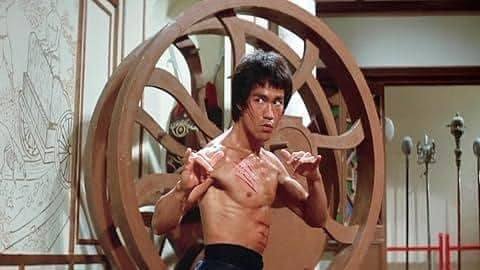
The plot follows Lee, who is recruited by British intelligence to infiltrate a secretive martial arts tournament held on a secluded island owned by the criminal mastermind Han (Kien Shih). Beneath the surface of the tournament lies a web of illicit activities, including drug trafficking and slavery. Lee’s mission is to gather evidence to bring Han’s operation down, while also seeking personal vengeance for the death of his sister.

Bruce Lee’s magnetic screen presence and flawless fight choreography are the heart of the film. Every movement he makes on screen is precise, powerful, and electrifying, with the iconic hall of mirrors fight scene and his legendary “one-inch punch” being standout moments. His charisma transcends language and culture, and his philosophical outlook on martial arts and life adds a unique depth to the character, making him more than just an action star.
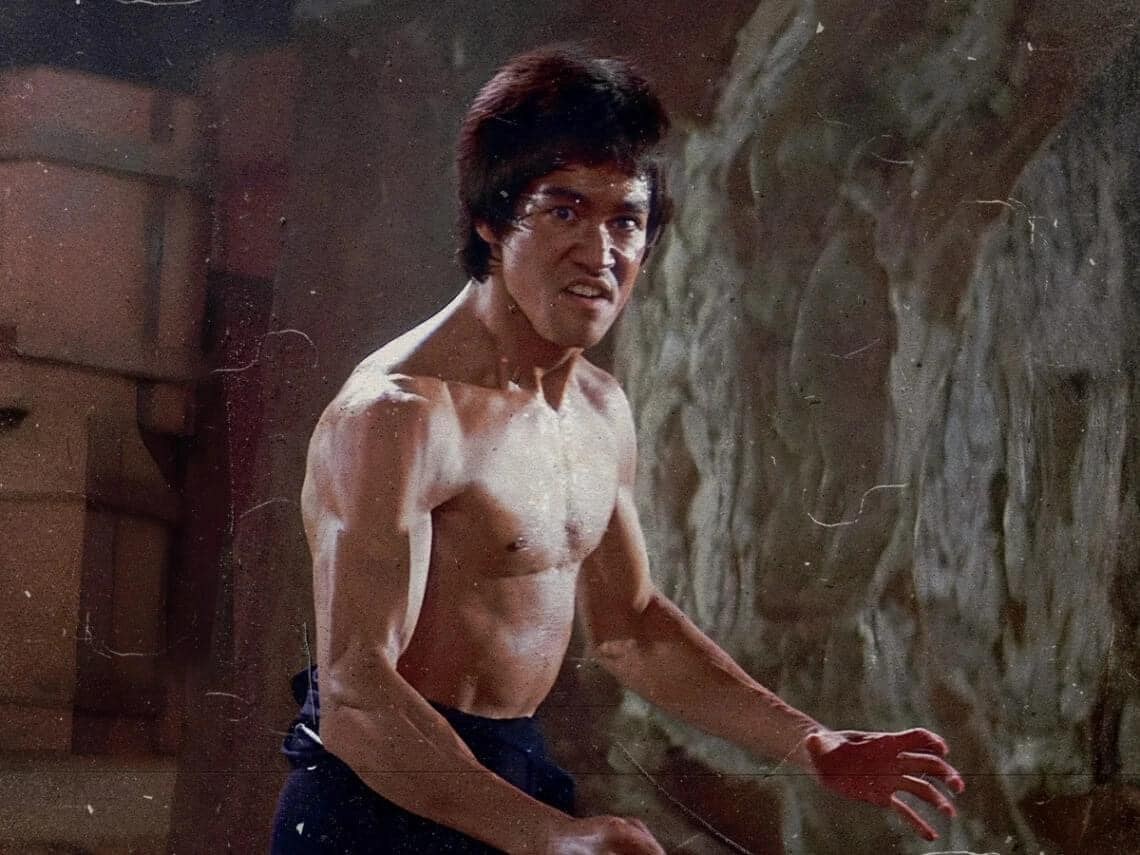
The supporting cast, including John Saxon as the suave and resourceful Roper and Jim Kelly as the bold and rebellious Williams, adds to the film’s dynamic energy. The diverse cast reflects the film’s global appeal, while the tournament setting provides a perfect stage for showcasing various martial arts styles.
Aside from the fight scenes, Enter the Dragon incorporates elements of spy thrillers, with Lee’s covert mission adding intrigue and tension. The film’s score, composed by Lalo Schifrin, heightens the intensity with its blend of traditional Asian sounds and funk influences, which perfectly complements the film’s style.
“Enter the Dragon” not only brought Bruce Lee’s talent to a global audience but also revolutionized how martial arts were portrayed in cinema. Its combination of physical combat, philosophical undertones, and thrilling plot continues to influence action films today, making it a timeless classic that remains beloved by fans and martial artists alike.




